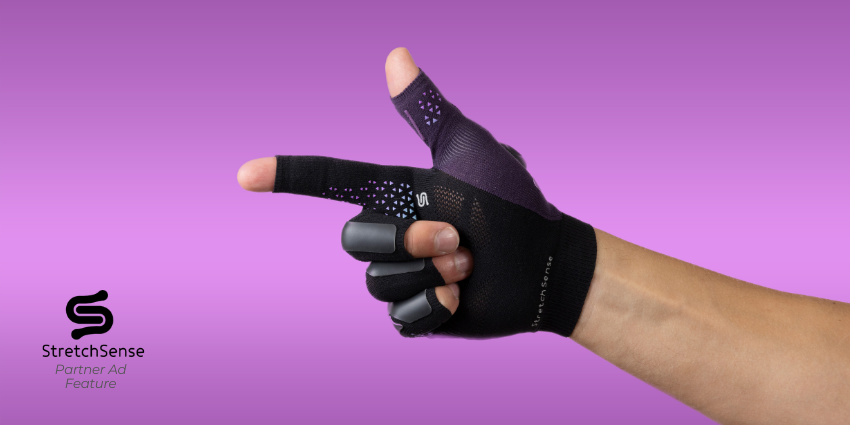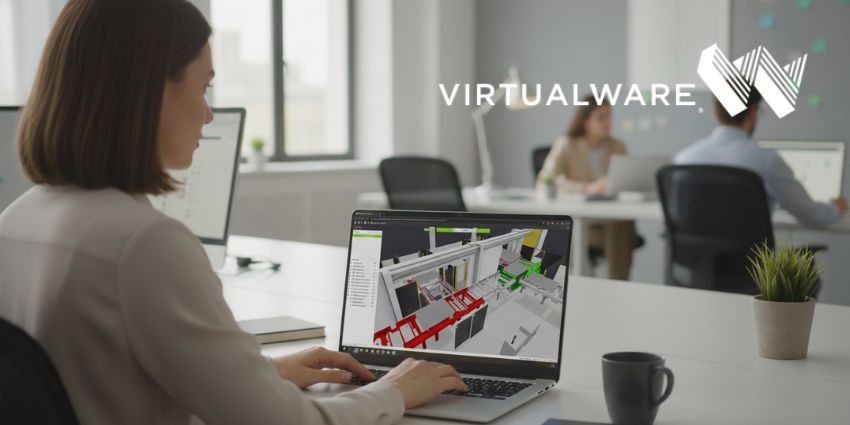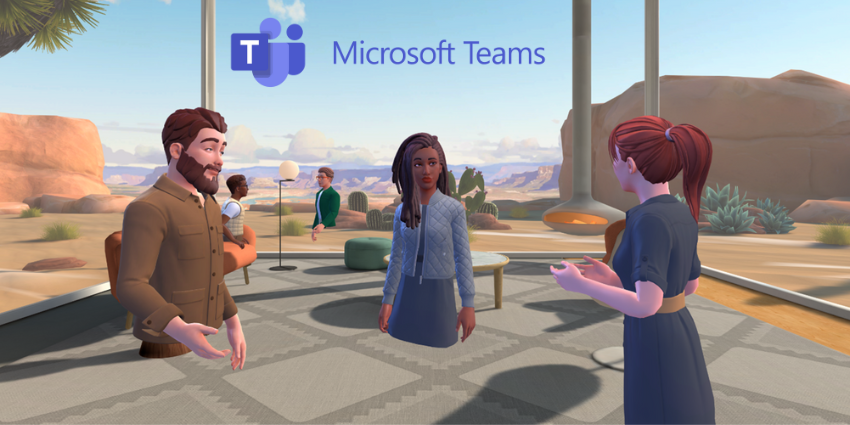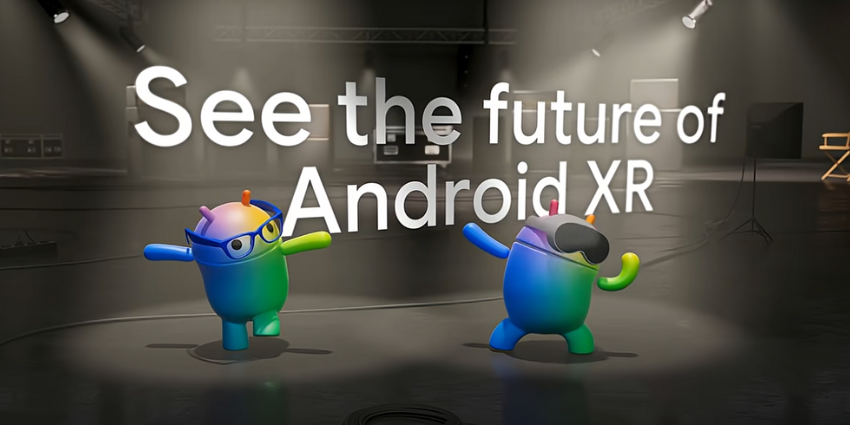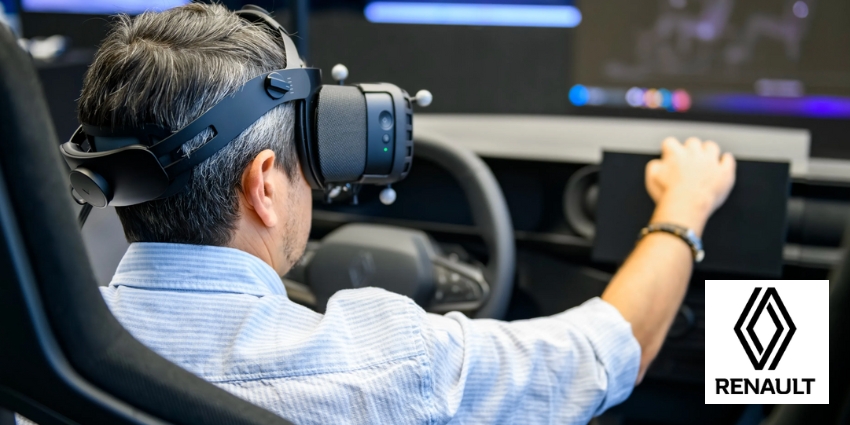Of all of the various forms of extended reality (XR), virtual reality (VR), is the most familiar. The technology allows people to create ‘virtual’ landscapes and environments that simulate the real world.
Interest in VR is rapidly increasing with a forecasted 48.7 percent compound annual growth rate (CAGR) between 2021 and 2026.
The COVID-19 pandemic greatly accelerated VR’s adoption, which connects people across distances and creates shared spaces that are safe, customisable, and versatile.
Currently, the VR market is expected to grow from $6.3 billion USD in 2021 to $84.09 billion in 2028, revealing just how intrigued investors are in developing the emerging technology.
VR, Defined
Developers and hardware solution providers have been working together over the past few decades to build VR headsets capable of hosting immersive experiences. Over the years, technology has become smaller, lighter, more comfortable, and with faster processing, breathing life into the virtual world.
Also, unlike augmented reality (AR), which people can access via smartphones and smart glasses, VR relies on larger headsets and controllers to interact with fully-immersive virtual worlds.
These have evolved significantly over the years from clunky tools requiring constant connectivity with computers to standalone, lightweight solutions with greater immersive capabilities.
Some of the leading companies like Meta Platforms, Pico Interactive, HTC VIVE, Lenovo, and Varjo Technologies, among others, have been leading global markets with their devices.
Some of the most notable ones to date are the Meta Quest 2 and Meta Quest Pro, VIVE Focus 3 and VIVE Flow, Lenovo VRX, Varjo VR-3, and Pico 4 and Pico 4 Enterprise.
These headsets have become the frontrunners of the VR industry, with solutions capable of accommodating a growing number of use cases from consumers to major manufacturers.
These headsets offer users cutting-edge technologies, often with 6 degrees of freedom, spatial audio, foveated rendering, and bespoke hand, face, and eye tracking for avatar movement and gaming.
Manufacturers have also improved pixel densities and image sharpness using pancake lenses. These fold light several times over as they pass through lenses, eliminating larger form-factored Fresnal lenses from previous generations. Meta, Pico, HTC VIVE, and Varjo headsets all incorporate this new technology.
The History of VR
Some people could attribute the first VR experience to the View-Master, a stereoscopic toy invented in 1939. However, true immersion did not arrive until 1968, when Utah University professor Ivan Sutherland, his student Bob Sproull, and others created the world’s first head-mounted display (HMD).
The Sword of Damocles, the name given to the device, was huge, requiring suspension from the ceiling. It was actually an AR device which overlayed wire-frame graphics on physical environments.
Form factors have improved dramatically since then, and most people are familiar with the first commercially-available VR headset, then-Facebook’s Oculus Rift. It debuted in 2012 and later, became the world’s first consumer-ready headset in 2016.
At the time, most headsets such as the Rift and the HTC VIVE were not standalone devices, requiring wired tethering to PCs with powerful graphical processing units (GPUs).
It was not until 2018 when the first all-in-one headsets entered markets, transitioning from a futuristic dream to a mainstream reality by 2021.
Achieving Virtual Reality: Use Cases
Many verticals are rapidly adopting VR for training new recruits, onboarding new hires, educating students, and furthering education with low-cost, on-demand mobile solutions. This eliminates the need for large-scale facilities such as pilot training centres, which require expensive, highly-booked training.
Currently, the most common use cases for VR include the following:
- Training and education: VR allows learners to train effectively with their current skill sets, without risk of injury and with on-demand, repeat training. This is highly useful and even incorporates biometric data such as attention and gaze, eye tracking, response times, and accuracy to determine user progress. Classrooms, the military, surgeons and commercial pilots are mass adopting VR to rapidly upskill, train, and deploy new arrivals to streamline labour processes.
- Customer experience: VR has also provided amazing customer experiences, allowing companies to create virtual storefronts on metaverse platforms such as Decentraland and The Sandbox. Building companies selling off-the-plan houses and buildings have leveraged solutions from EnvisionVR to showcase models before building the facilities, all with high-definition visuals.
- Entertainment: Many of the initial innovations in VR began with entertainment and the video game sector. Moving forward, many companies will continue to experiment with VR entertainment on Meta Quest, Pico 4, and the HTC VIVE Flow. With the latter, HTC VIVE shrank the form factor, providing consumers with a portable, engaging pair of goggles.
- Collaboration: Post-pandemic, VR demonstrated great potential for collaboration and teamwork. With it, people can share a virtual space, work together on projects, and innovate without having to be face-to-face. This is an exciting step forward from video conferencing as it enables a greater sense of presence. Many platforms such as Horizon Workrooms, Virbela, Arthur, Spatial, and even Autodesk have showcased top immersive spaces for teams. People working with startups to government organisations have tapped the massive potential of VR collaboration.
- Travel and tourism: Travel companies, embassies, and expos have used VR to transport people to faraway destinations without leaving the office or home. Some countries have even leveraged VR to receive embassy services and learn about their respective countries. Barbados, South Korea, Norway, and Dubai have led the world in this new form of digital tourism with VR solutions.
- Creation: In VR, innovators can experiment with digital twins of products, combine materials, design products collaboratively from any location, and explore ideas while reducing expenses or waste. It is extremely easy to create prototypes and new products using virtual reality for many architecture, engineering, and construction (AEC) firms.
What’s Next?
VR is moving through a rapid period of transformation and growth. As digital transformation accelerates, VR creators are achieving incredible new things.
In the VR developer space, AI-powered tools have led to a new generation of VR experiences. AI algorithms empower apps by processing and analysing activities, monitoring trainees’ progress, tracking human biometrics, and building more engaging creative content.
Regarding VR hardware, companies are experimenting with more lightweight form factors designed to sharpen image contrast and pixel density with pancake lenses. Firms are also widening the field of view for devices, leading to greater immersion while using headsets.
Innovative companies are also building better hardware with faster processors, ergonomics, and even haptic feedback technology to further immerse users.
As VR products get smaller, more portable, and cheaper, they become more of a mainstream investment. Accenture ordered 60,000 Meta Quest 2 headsets in 2021 to upskill and train new hires, and Bank of America purchased 30,000 for its diversity, equality and inclusion (DE&I) training modules.
Pilots have also turned to Varjo Aero headsets to train and continue education for some of the world’s most skilled aviation staff. Headsets from Varjo are so realistic that pilots can earn credits for their coursework without going to global simulator facilities.
Exploring Opportunities
It is hard to predict exactly where the future of VR might take us, particularly as the industry develops at such a rapid pace.
Ultimately, VR is quickly gaining attention as a powerful tool, not just for entertainment, but for essential enterprise purposes.
Beyond games and interactive entertainment, immersive tools demonstrate the value and potential for things like post-traumatic stress disorder (PTSD) treatment, pain relief, education, and design.
Countless companies also believe these tools will become a critical investment in the future of collaboration after the pandemic, saving workers money, materials, and travel costs.
As vendors learn how to build engaging VR experiences, both with hardware and software development, developers will unlock the potential to make the virtual world, the Metaverse, a real reality.


